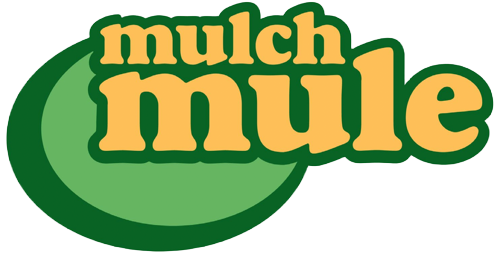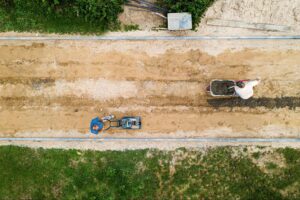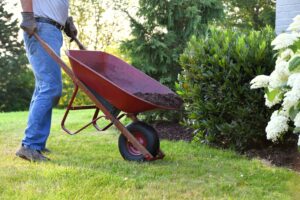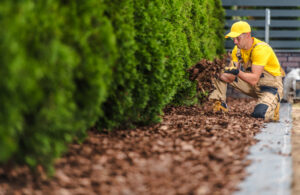Landscaping projects thrive on teamwork. When crews communicate clearly, share responsibilities, and work toward common goals, even complex tasks become manageable. However, challenges such as miscommunication, inefficiencies, and safety concerns can hinder progress. Effective teamwork is achieved through strategic planning, strong leadership, and the integration of the right tools.
In this article, we explore practical strategies to enhance teamwork in landscaping operations. By implementing these approaches—from clear communication and defined roles to cross-training and the use of advanced equipment—you can build a cohesive crew that works safely, efficiently, and with higher morale.
The Importance of Trust and Collaboration
Trust and collaboration are the foundation of effective teamwork. Strong leadership that demonstrates reliability, fairness, and open communication sets the tone for a culture of mutual support. Even organizations like the American Society of Landscape Architects emphasize that clear communication and collaborative processes are vital in achieving impactful design and environmental stewardship.
Regular team check-ins, whether daily or weekly, help ensure everyone is aligned on project goals and aware of any changes in the plan. These brief meetings address concerns early, minimize confusion, and reinforce a sense of unity. In landscaping projects, where tasks can be varied and physically demanding, a collaborative mindset not only boosts efficiency but also enhances job-site safety.
Building a Positive Crew Culture
A positive work culture is essential for a motivated landscaping crew. Leaders can foster this culture by recognizing contributions, encouraging professional development, and creating an inclusive environment.
Recognizing Efforts
Simple acknowledgments—such as verbal praise or team shout-outs—go a long way in making employees feel valued. Celebrating milestones, whether through onsite recognitions or small rewards, reinforces the idea that every contribution matters. A culture of appreciation motivates teams to maintain high standards and work together toward shared goals.
Encouraging Growth Through Training
Ongoing training and cross-training are key to a resilient team. When employees expand their skills, they not only improve in their roles but also gain a greater understanding of each other’s responsibilities. This versatility helps maintain productivity during peak seasons or unexpected absences, ensuring that workflow remains uninterrupted even during challenging periods. According to the National Association of Landscape Professionals (NALP), continual skill development supports higher workforce retention and better overall performance.
Key Strategies to Strengthen Teamwork
Implementing clear, actionable strategies can transform team dynamics. Here are some focused approaches:
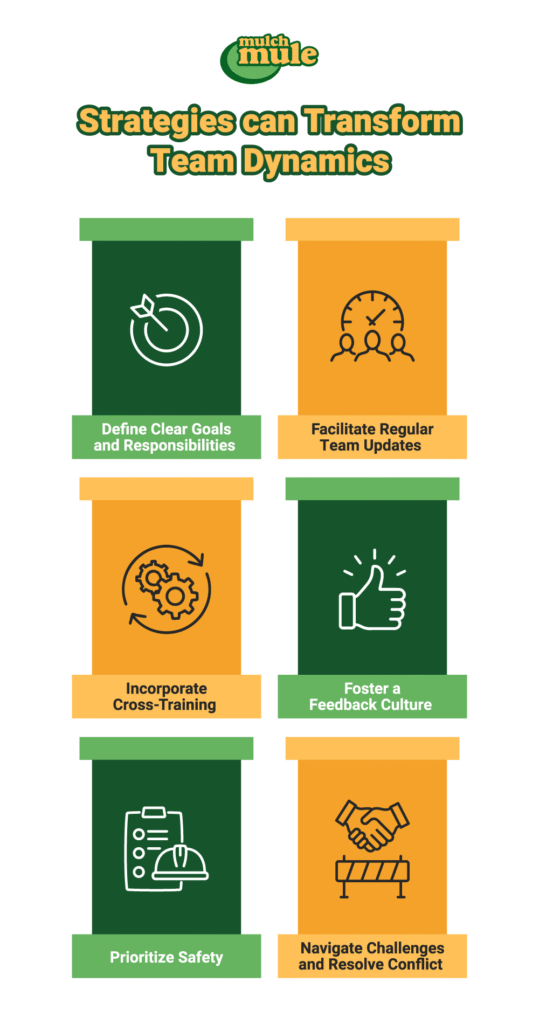
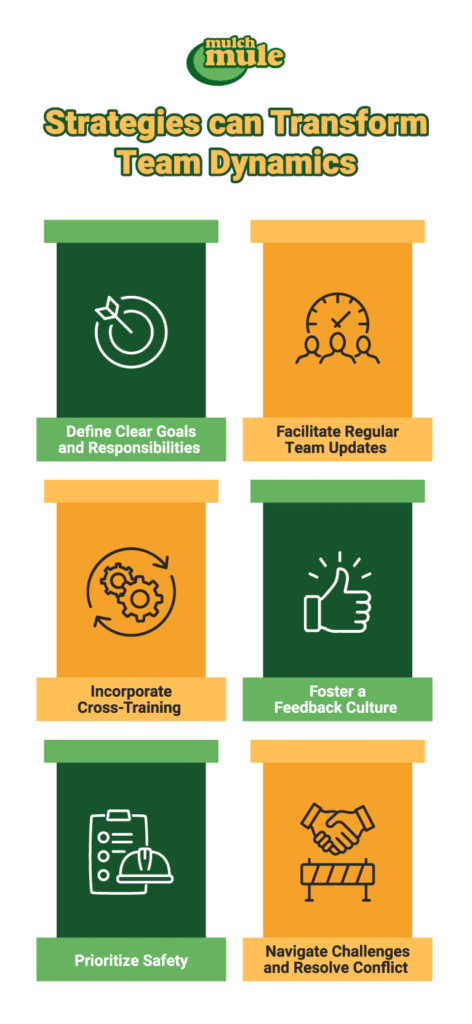
1. Define Clear Goals and Responsibilities
Successful teamwork starts with clarity. Ensure that every team member understands the project’s overall objectives and their specific roles. For example, if the task is mulching a property, communicate the expected mulch depth, targeted areas, and realistic timelines. Clear expectations create accountability and allow individuals to concentrate on their tasks while contributing to the project’s success. Learn more about achieving defined roles within your team.
2. Facilitate Regular Team Updates
Regular updates, like brief morning huddles, are crucial. These meetings allow teams to discuss progress, address any hurdles, and adjust plans as needed. By ensuring everyone is on the same page, you reduce miscommunication and enable a smoother workflow. A simple daily check-in can significantly improve task coordination and keep the work moving efficiently.
3. Incorporate Cross-Training
Cross-training enables employees to learn skills beyond their primary responsibilities. This increase in versatility means the team can quickly adapt when someone is unavailable or when a task requires extra hands. For instance, training a mower operator to assist with material handling ensures that the crew remains flexible and responsive. This not only prevents workflow bottlenecks but also deepens mutual understanding among team members.
4. Foster a Feedback Culture
An environment where feedback is given and received constructively enhances teamwork. Leaders should provide clear, actionable commentary and invite team members to share their insights. By addressing small inefficiencies—such as rethinking material distribution methods or equipment usage—teams can continuously improve their processes and outcomes. Regular, constructive feedback encourages proactive problem-solving and keeps the crew engaged and aligned.
5. Prioritize Safety
Safety must always be at the forefront of any landscaping project. Establish clear safety protocols and ensure that all team members are trained in using equipment and proper techniques. Reviewing OSHA guidelines for landscaping safety can bolster your team’s awareness of potential hazards. Simple practices, such as confirming that all protective gear is worn and working together to lift heavy objects, reduce the risk of injury. A focus on safety not only protects employees but also builds trust and reinforces the importance of working as a team.
6. Navigate Challenges and Resolve Conflict
Even with clear goals and a positive culture, disagreements and setbacks are inevitable on a dynamic job site. The key is to address them constructively before they undermine team morale. Encourage open, respectful dialogue where team members can voice concerns without fear of blame. Leaders should act as facilitators, helping the crew focus on the issue at hand rather than on personalities.
When mistakes happen—a planting bed is measured incorrectly or a delivery is delayed—frame it as a team challenge to be solved, not an individual failure. This “no-blame” approach fosters a problem-solving mindset and prevents team members from hiding errors. By handling adversity together, crews build resilience and deepen their trust, making them stronger and more cohesive in the long run.
The Role of Effective Equipment in Fostering Collaboration
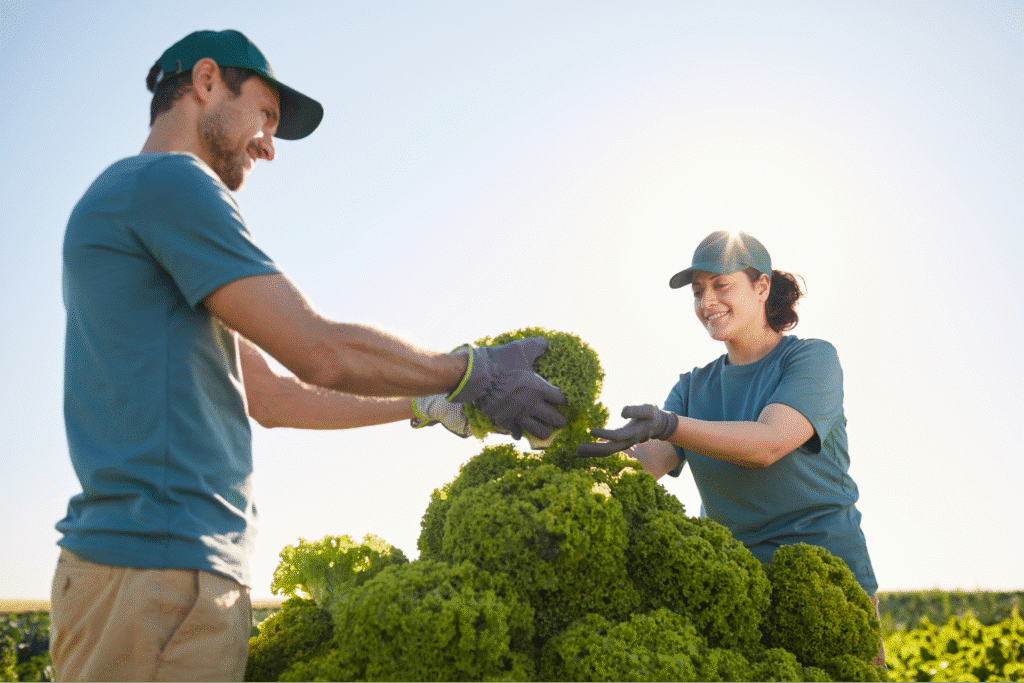
The right tools can significantly boost teamwork by reducing manual labor and streamlining operations. Advanced equipment minimizes repetitive tasks, freeing up the crew to focus on detailed work and collaboration.
Streamlining Workflows
Material handling—such as transporting mulch, topsoil, or gravel—can be time-consuming and labor-intensive. Modern equipment automates these tasks, cutting down the number of trips required and reducing delays. Faster material distribution means that tasks are completed quickly, allowing teams to shift focus to other aspects of a project.
Enhancing Safety and Efficiency
Automated equipment lessens the physical strain on workers, reducing the likelihood of injuries and fatigue. This contributes to a safer work environment where team members can perform at their best. Tools that simplify heavy tasks allow the crew to concentrate on precision work, resulting in higher-quality project outcomes.
How the Mulch Mule Supports Collaboration
The Mulch Mule is a prime example of equipment designed to enhance teamwork.
The Mulch Mule is designed to transport and distribute soil, mulch, leaves, debris, stone and aggregate to save you time and money. With innovative features like the live floor system, curb-side discharge and powerful Honda GXi390 Engine, the Mulch Mule can do it all…and better.
With a 15-cubic-yard aluminum hopper and an automated live floor system, the Mulch Mule rapidly loads and unloads materials like mulch and gravel. Tasks that once required significant manual effort are now completed in minutes, allowing the crew to focus on detailed landscaping work.
In the video below, Eberhardt Landscaping shares their experience with the Mulch Mule. Their leadership team talks about the solutions the Mulch Mule provides for them as a company and the increase in morale for their team.
If you want to see the Mulch Mule in action before committing, find a Mulch Mule ambassador representative near you to see a live demonstration. The versatility of the Mulch Mule also means it can be used year-round for tasks such as mulching, leaf cleanup, and debris removal without needing to change equipment. This consistency minimizes downtime, keeps workflows steady, and ultimately supports a unified team effort on every project.
Leveraging Technology for Enhanced Coordination
Beyond physical equipment, integrating modern communication and coordination technologies into landscaping operations can further strengthen teamwork. Mobile apps and handheld devices allow teams to share real-time updates and coordinate schedules effectively. Using digital checklists and task management software ensures that assignments are clear and progress is tracked consistently. This technological support minimizes miscommunication by providing a central point for updates and revisions, ensuring that all crew members are informed about changes as they occur.
Digital tools can also facilitate training by offering quick access to instructional videos or safety guidelines directly on job sites. Integrating these practices not only modernizes workflow processes but also builds a culture of continuous learning and accountability. As teams become adept at using these technologies, they can focus more on creative problem-solving and less on administrative tasks. This synergy of advanced equipment and modern communication solutions ensures that landscaping projects are both efficient and adaptable to changing conditions.
Additional Considerations for Sustainable Teamwork
Sustaining a high level of teamwork over the long term requires intentional planning and ongoing evaluation. Managers should regularly revisit their strategies for communication, training, and equipment usage to ensure they evolve with the team’s needs. Incorporating design influences or best practices from professional organizations like the American Society of Landscape Architects can help maintain an innovative edge in landscape work. Investing in periodic team-building exercises and ensuring that all workers have opportunities to voice concerns can lead to a better understanding of workflow challenges. This proactive approach helps identify potential issues before they impact overall performance, creating a more resilient and adaptable crew.
Long-Term Benefits: Productivity and Profitability
Effective teamwork is a strategic asset that leads to measurable gains in productivity and profitability. When crews collaborate seamlessly, projects are completed faster and more efficiently. This efficiency often translates to labor cost savings and the ability to take on additional contracts—all of which boost revenue without increasing overhead.
A well-coordinated team also experiences lower turnover rates because employees feel supported and valued. Reduced turnover means less time and money spent on recruiting and training new workers, further enhancing the company’s bottom line. Moreover, with fewer workplace accidents thanks to a focus on safety, the overall operating costs decrease, making the business more resilient and profitable over time.
Maximizing Teamwork: Your Path to Success in Landscaping
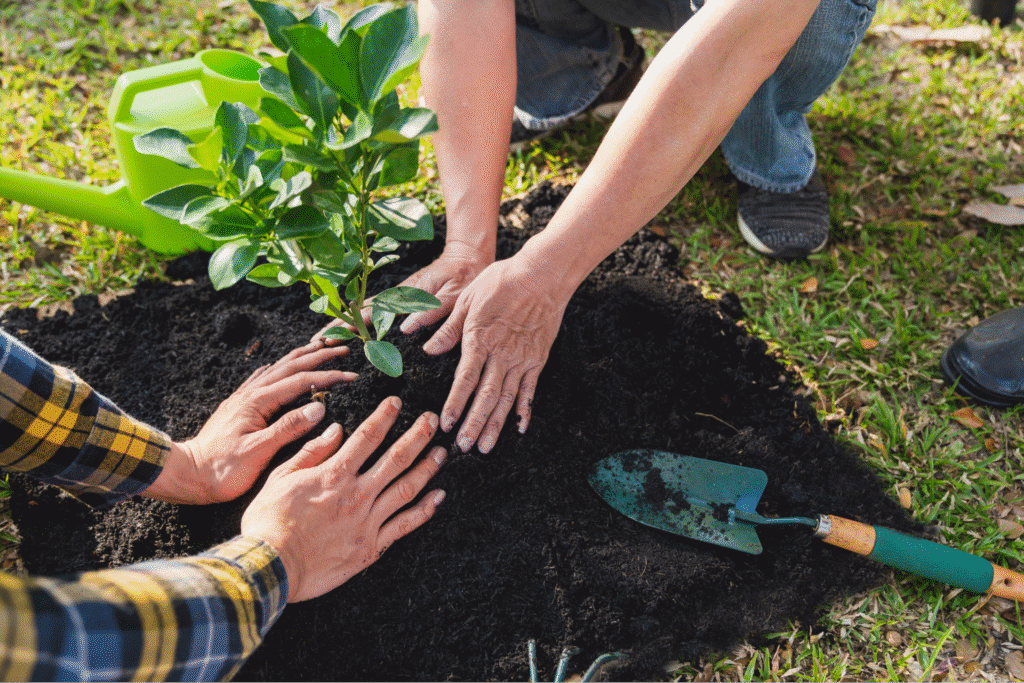
Improving teamwork in landscaping isn’t achieved through a single tactic; it requires a balanced approach that includes clear communication, defined roles, cross-training, regular updates, and the integration of effective equipment and technology. By fostering a culture of trust and focusing on actionable strategies, your team will be better equipped to work safely, efficiently, and harmoniously.
Ready to transform your landscaping crew into a high-performing unit? Consider how equipment like the Mulch Mule can alleviate labor-intensive tasks, streamline workflows, and reduce physical strain. Embrace these strategies and tools to create a more collaborative and profitable work environment. Visit Mulch Mule today to see how their innovative solutions can help you achieve your business goals—all year round.
